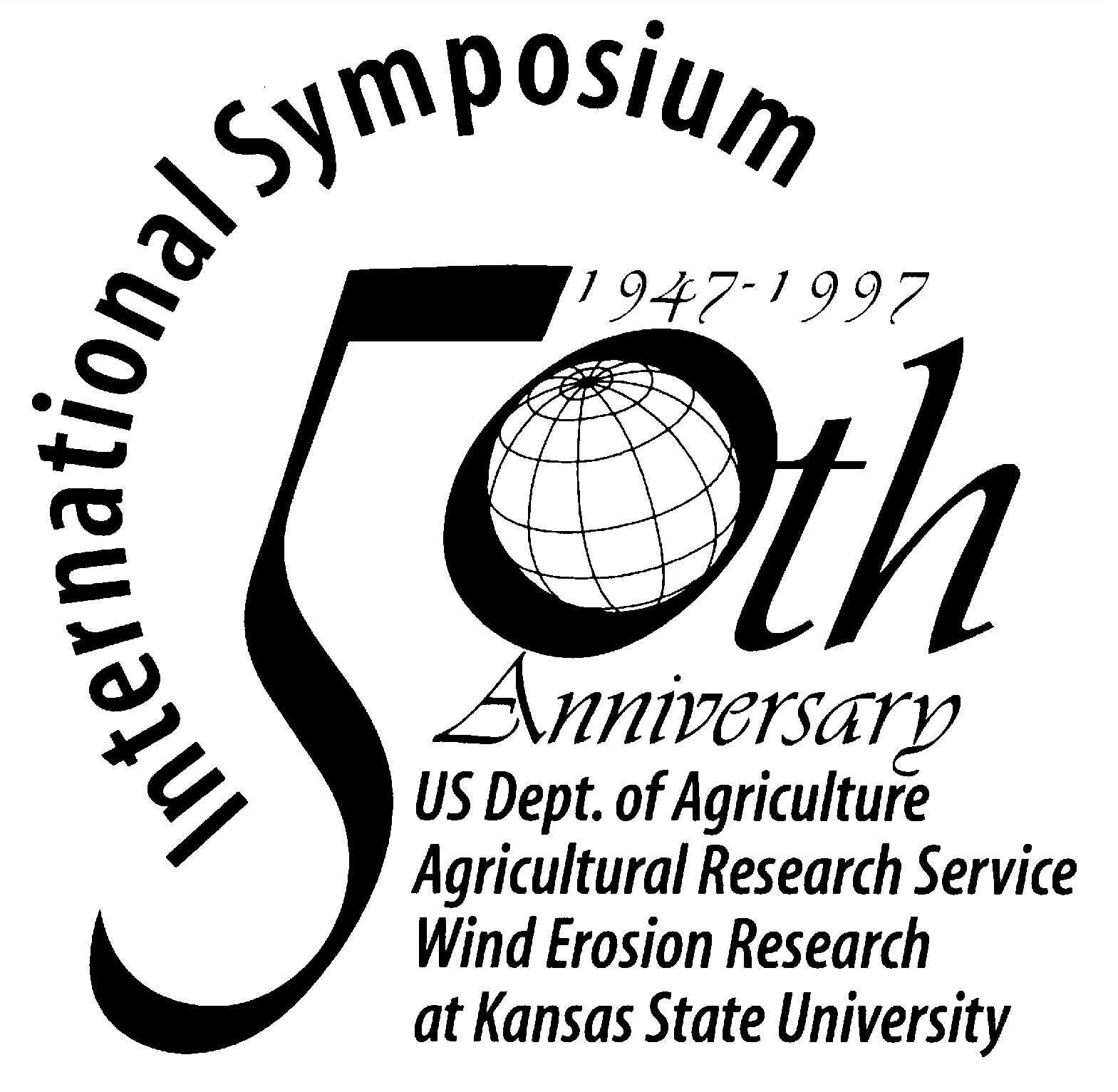Saltating Sand Erodes Metastable Loess: Events in the Impact Zone
Ian F. Jefferson and Ian J. Smalley
Abstract
In the classic forms of wind erosion energy is transferred from the wind to the ground
via a saltating sand grain. The sand grain impact causes a disruptive tensile failure in a
discrete failure zone and soil particles are injected into the air stream. A whole set of
variables (which we need to understand and perhaps manipulate) operate in the impact zone
and these control the wind erosion process. A simple functional equation defines the
parameters. Two major erosion resisting factors operate in the failure zone, a cohesion
force and a particle weight force, and the interaction of the forces causes the most
effectively eroded particles to be in the coarse silt size range; hence the large loss in
loess soil regions.
The wind erosion equation can be generalised to cover all impact erosion processes and
hence most erosion processes. In the metastable system there is a trade-of; high
metastability is good in agricultural production terms, but involves a vulnerability to
erosion. Preventing soil erosion may involve finding ways to preserve the metastability
factor in soils at risk. |




